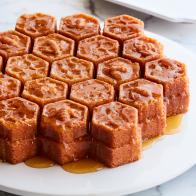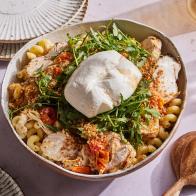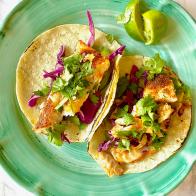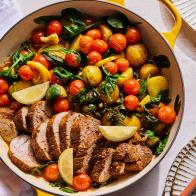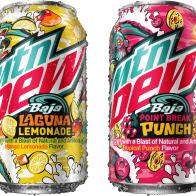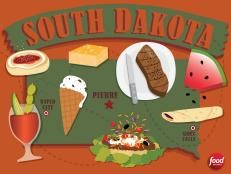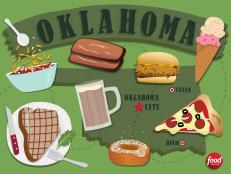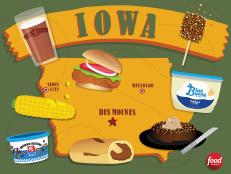1 / 26
Peaches and Beyond
Being at the heart of all things Southern, South Carolina is a hub of regional flavors and tastes. From boiled peanuts to pimento cheese, and with a little BBQ, collards, and sweet tea thrown in for good measure, the Palmetto State is filled with signature dishes and iconic ingredients. Here are some flavorful favorites.
Illustration by Hello Neighbor Designs
